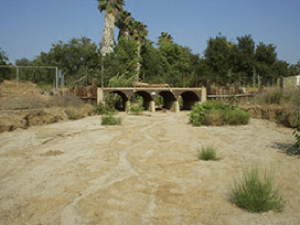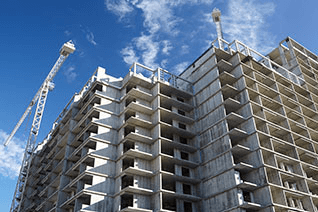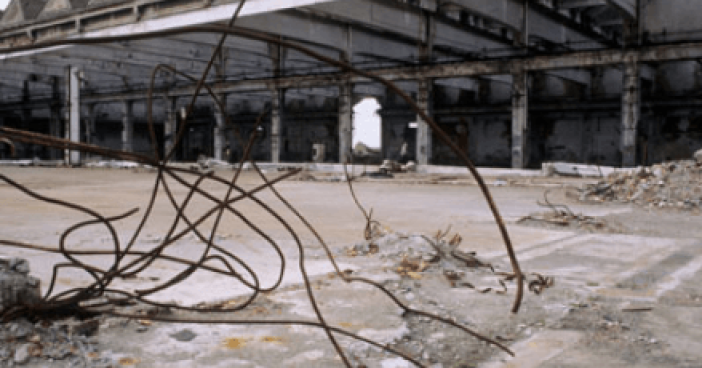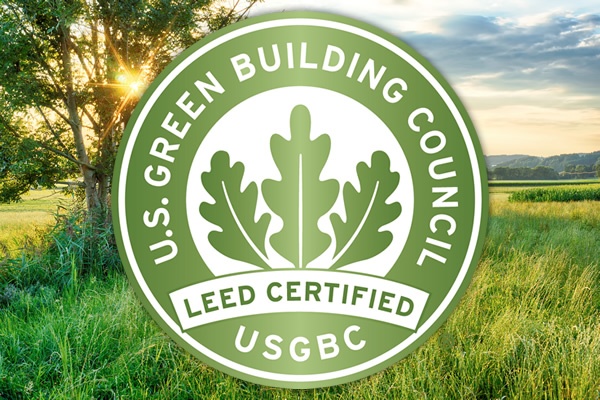Famous American humorist and writer Mark Twain was quoted saying “buy land – they’re not making it anymore.” Will Rogers, the American actor and writer from the 1930s, also voiced this sentiment and actually did buy land. If these two were right, then preparing brownfield land, or sites, for future development must be a good idea.
Brownfield sites are different from greenfield and greyfield sites. The U.S. Environmental Protection Agency defines brownfield sites in Public Law Section 107-118 as “real property, the expansion, redevelopment, or reuse of which may be complicated by the presence or potential presence of a hazardous substance, pollutant, or contaminant.”
 Greenfield and greyfield sites are both terms of art. Although not a legal definition per se, Black’s Law Dictionary defines a greenfield site as one that has never been developed, and typically “held for future development”. Although greyfield sites are developments which are “economically obsolescent, outdated, failing, or underused”, investors are quick to see their hidden value. Environmental remediation is not always necessary for greyfield sites since, unlike brownfield sites, they are less likely to contain hazardous substances.
Greenfield and greyfield sites are both terms of art. Although not a legal definition per se, Black’s Law Dictionary defines a greenfield site as one that has never been developed, and typically “held for future development”. Although greyfield sites are developments which are “economically obsolescent, outdated, failing, or underused”, investors are quick to see their hidden value. Environmental remediation is not always necessary for greyfield sites since, unlike brownfield sites, they are less likely to contain hazardous substances.
The Plan
The first step to redeveloping a brownfield site is characterization, which describes the site pollutants. However, it is important to not just hire anyone who presents themselves as an environmental professional to perform the site characterization. In her blog released November 6, 2012, FCS’ environmental scientist, Arabesque Said, discussed the recent changes to the California law for consistency, with the federal law pertaining to the All Appropriate Inquiries (AAI) Rule, which defines the necessary qualifications of an environmental professional and their role in site remediation. Site developers must scrupulously select environmental professionals that they would hire to characterize a brownfield site.
Following site characterization, additional steps in the redevelopment plan generally include the following:
- Obtaining technical assistance from a consultant, remediation firm or both
- Evaluating strategies to streamline the site investigation and the cleanup process
- Identifying and reviewing information about complex technology options
- Evaluating contractor capabilities and recommendations
- Explaining complex technologies to host communities
Case Study
Closed steel plants, such as the former steel mill in Allentown, Pennsylvania, along with ship building yards typify brownfield sites. Upon removal of all contaminants and pollutants, this 26-acre site adjacent to the Lehigh River, known as the Waterfront, will be redeveloped as a mixed-use project containing residential, retail and commercial office land uses. Most importantly, the proposed development includes sustainable redevelopment, which incorporates the following features:

- Low Impact Development (LID) stormwater management
- Soil bioengineering techniques to naturally reinforce river bank slopes
- Integration of “Living Wall” systems
- Naturalized detention areas with wetland vegetation
- Riverwalk with pervious pavement
- Vegetated swales and rain gardens
- Green roofs
- Cisterns and rain barrels
- Publicly-accessible walking trails
Summary
Preparing a brownfield site for future development, particularly one that will include sustainable development features, requires both expertise and knowledge. In addition to the foregoing, refer to these previous blogs entitled: Environmental Compliance Reporting Reduces Business Risk and Environmental Compliance and Risk Registers.
To find out how FCS can provide knowledge in identifying risks and implementing sustainability, simply click the link below:





